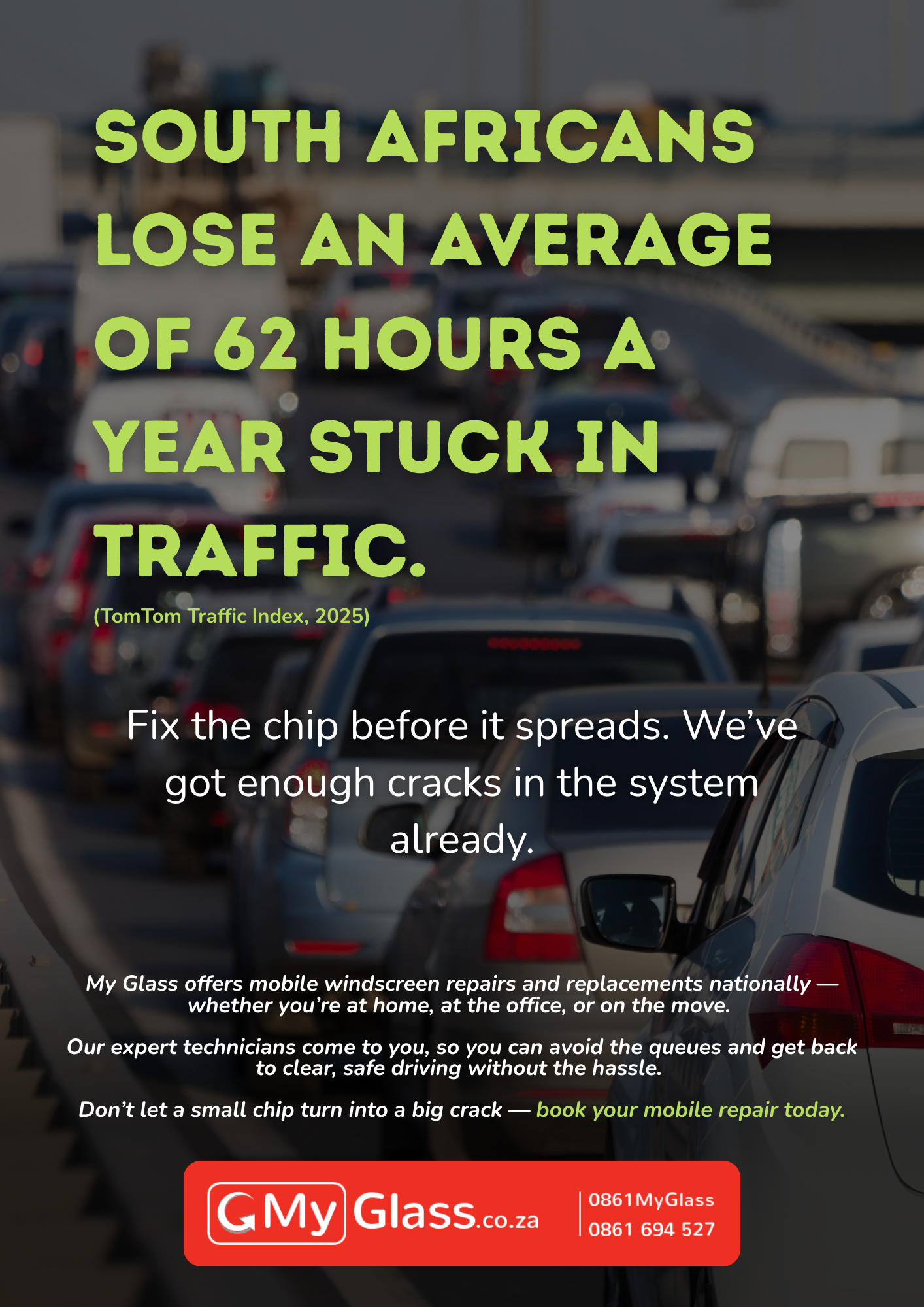Volker von Widdern, Head of Strategic Risk at Riskonet Africa
South Africa may face a renewed power crisis unless it dramatically speeds up renewable energy deployment and grid infrastructure expansion.
There is now a material national risk that a second energy crisis could unfold not years from now, but within the current decade as ageing coal assets are retired faster than new capacity comes online. This risk will be exacerbated when power demands from the mining industry resume at normal levels. The country’s energy transition timeline is under immense pressure, and project execution delays are already triggering systemic risk across energy security, fiscal credibility, and investor confidence.
This warning comes amid intensifying scrutiny over South Africa’s ability to meet its climate and energy targets. The latest Standard Bank–Cresco energy risk report echoes these concerns, calling for urgent scale-up in new generation capacity and a doubling-down on the Renewable Energy Independent Power Producer Procurement Programme (REIPPPP). The report casts doubt on whether carbon neutrality by 2050 is realistic under current implementation rates.
The Just Energy Transition Partnership is a noble framework, but we must be clear-eyed, reliable electricity is not optional. It is the backbone of economic growth and social stability. South Africa’s ability to manage climate risk must go together with securing uninterrupted energy supply. This is not a trade-off it’s a dual imperative.
While government has committed to building 14,000km of new transmission lines over the next decade through the National Transmission Company of SA (NTCSA), only 4,400km were added in the past ten years, a stark indicator of the pace problem. Delays in REIPPPP bid window 7, gas-fuelled generation, and private procurement have been flagged as unacceptable risks to energy security.
The NTCSA’s infrastructure programme, launched earlier this year by the Minister of Electricity, is expected to cost R400 billion and is vital to unlocking new renewable generation. While funding uncertainty such as the US withdrawal from the $13.8 billion Just Energy Transition pledge has complicated progress, substantial capital is available from the private sector, thus regulatory delays and policy uncertainty become the key risks.
Grid connection delays, not tariff pricing, are now the biggest threat to a stable and decarbonised energy future. South Africa cannot afford another decade of indecision. The energy transition must be treated as a critical national risk priority, with accelerated permitting, private sector partnership, and clear execution accountability.
As the country’s 2040 energy mix shifts toward renewables, the challenge will not be policy ambition but practical delivery. With only five coal plants expected to remain operational by that point, the window for infrastructure-led resilience is rapidly closing.


